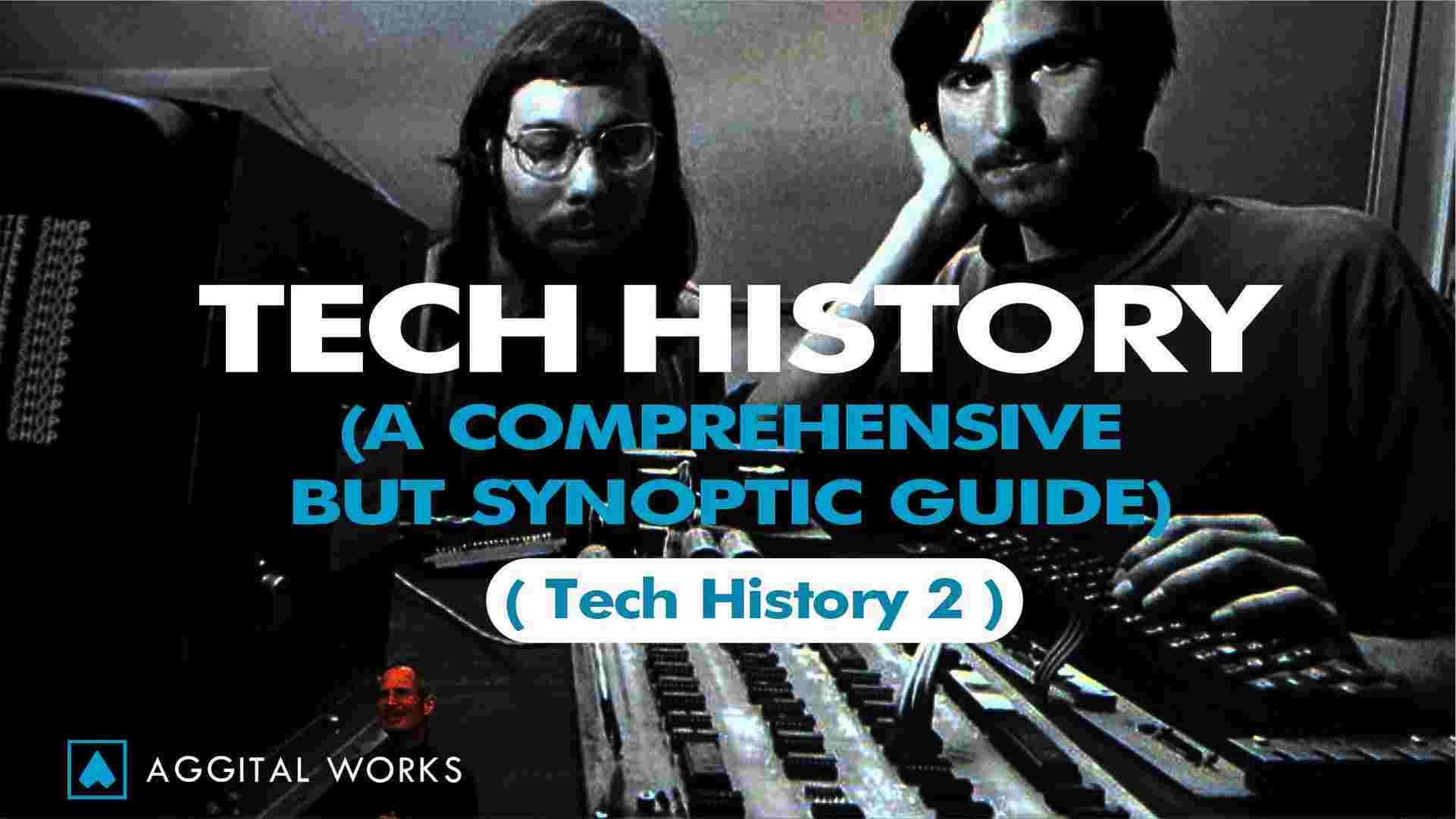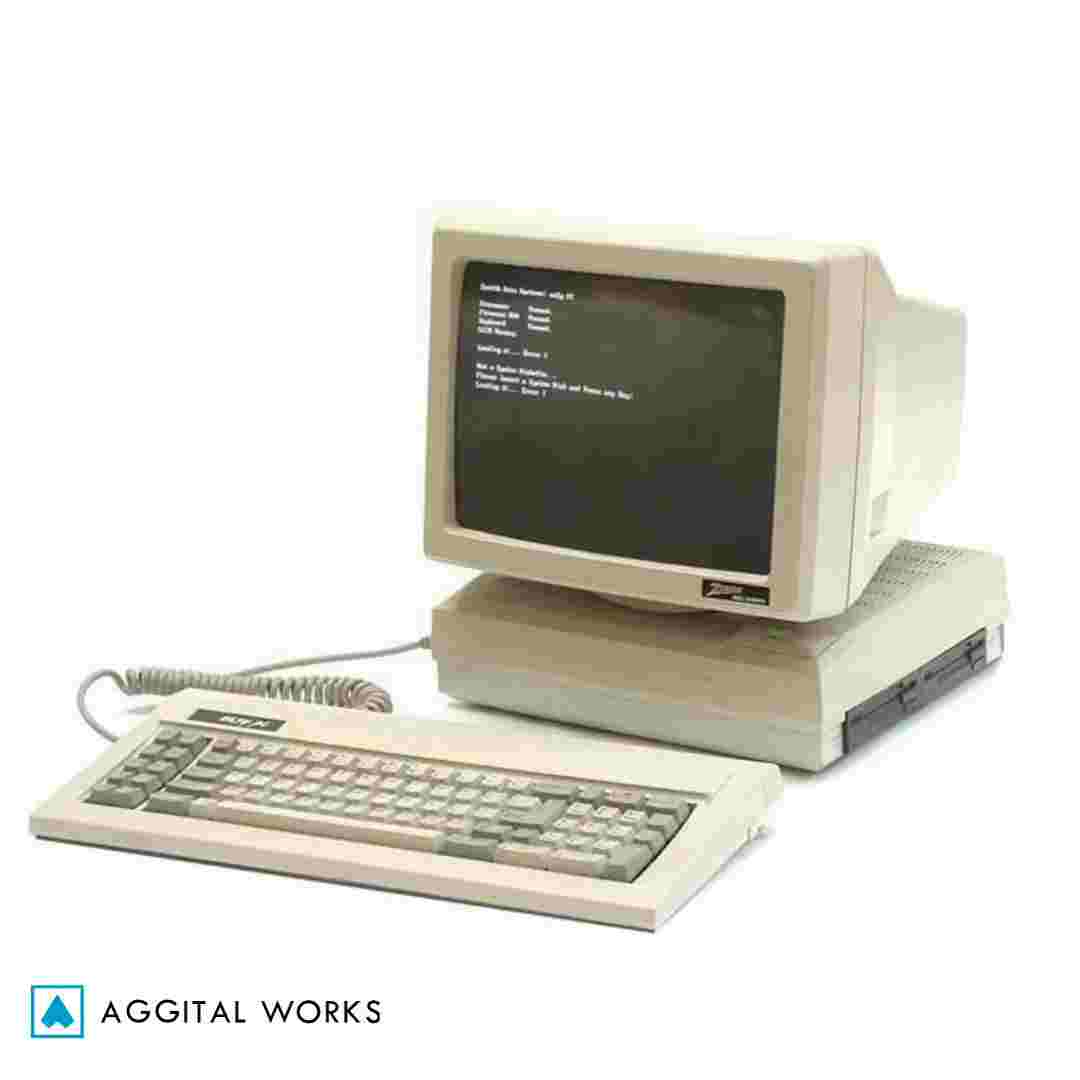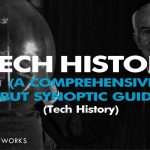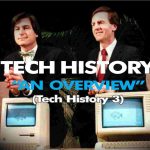Tech History (An Overview) 2

Hello guys! How is it hanging at your end? Still on Tech History (Unveiling the Fascinating Evolution of Tech History: A Comprehensive but Synoptic Guide) Let’s pick it up where we left off.
PS: If you haven’t read the prequel, please do.
Let’s get right to it!
Tech History
II. The Rise of Personal Computing: Empowering Individuals
A. The rise of personal computing brought technology directly into the hands of individuals, forever changing the way we work and interact with computers. We will discuss the introduction of personal computers, such as the Apple II and the IBM PC, and their impact on both workplaces and homes.
B. Milestones such as the launch of the Apple Macintosh and Microsoft Windows brought graphical user interfaces and user-friendly experiences to the masses. We will explore the software developments that accompanied these innovations, including word processing, spreadsheets, and graphic design tools, empowering individuals with new capabilities and transforming various industries.
A. The introduction of personal computers, such as the Apple II and the IBM PC, marked a significant turning point in the history of technology. These machines brought computing power directly into the hands of individuals, revolutionizing the way we work, interact with computers, and even live our daily lives. Let’s discuss the impact of personal computers on both workplaces and homes.
Workplace Transformation:
The advent of personal computers had a profound impact on workplaces across various industries. Here are some key changes:
Increased Productivity: Personal computers enabled employees to automate tasks, process data more efficiently, and perform complex calculations with ease. This resulted in increased productivity and streamlined business operations.
Word Processing and Desktop Publishing: Personal computers brought word processing capabilities to offices, replacing typewriters and introducing features like spell-check, formatting options, and easy editing. This significantly improved document creation and management. Furthermore, desktop publishing software empowered businesses to create professional-looking publications in-house.
Spreadsheet and Database Management: Personal computers popularized spreadsheet software, such as Lotus 1-2-3 and Microsoft Excel, which revolutionized financial analysis, budgeting, and data organization. Similarly, database management systems like dBase and later Microsoft Access made it easier to store, retrieve, and manipulate vast amounts of information.
Communication and Collaboration: With personal computers, workplace communication and collaboration underwent a transformation. Emails, instant messaging, and groupware software enabled faster and more efficient communication among colleagues and teams. This led to improved coordination and collaboration, even across geographically dispersed locations.

Impact on Homes:
Personal computers had a profound impact on homes, bringing computing power to everyday people and transforming various aspects of our lives. Here are some notable changes:
Education and Learning: Personal computers became effective educational tools, enhancing learning experiences both in schools and at home. Educational software provided interactive and fascinating ways to teach various subjects, while access to the internet opened up a vast realm of knowledge and online resources.
Entertainment and Media Consumption: Personal computers brought entertainment and media directly into homes. People could play video games, watch movies, and listen to music on their PCs. The rise of CD-ROMs and later DVDs expanded the range of interactive multimedia experiences available on personal computers.
Internet and Connectivity: The widespread adoption of personal computers coincided with the growth of the internet. As home computers became more common, people gained access to email, web browsing, and online communities. This changed the way we communicate, access information, and conduct online transactions.
Home Productivity: Personal computers enabled individuals to manage personal finances, create budgets, and perform various administrative tasks at home. Additionally, productivity software, such as personal organizers and project management tools, helped individuals stay organized and efficient in their personal lives.
Creative Expression: Personal computers provided new avenues for creative expression. Graphic design, music composition, video editing, and desktop publishing became accessible to individuals, enabling them to unleash their creativity and share their work with others.
In summary, the introduction of personal computers, exemplified by the Apple II and the IBM PC, had a profound impact on workplaces and homes alike. These machines brought computing power directly to individuals, transmuting productivity, communication, and access to information. Personal computers transformed the way we work and interact with technology, shaping our modern digital age.
We’ll stop here to pick it up where we left off in the next article. Do let me know your thoughts in the comment section below.
If you are looking to get an excellent web design company, do click here!
For more reads, click on here.





Very educative. Kudos!
Thank you so much!
Really informative. Great article.
Thank you so much!
I love this series but what about Church History?
Lol… Yeah, we’ll continue the Church series after this.